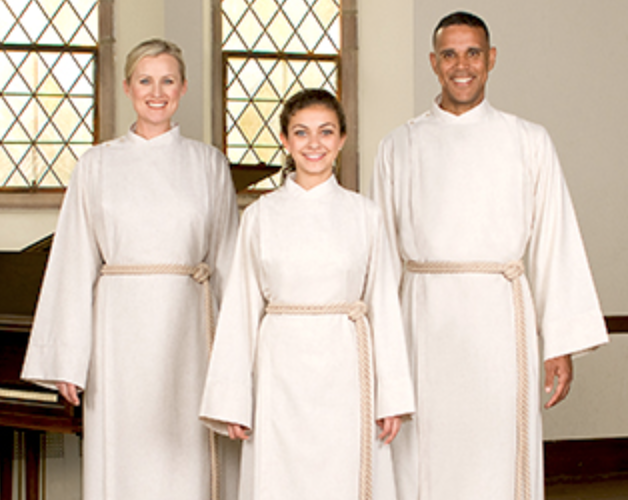Now that Donald Trump is no longer president, the discussion about his time in office and legacy is something that has become a media preoccupation despite Joe Biden being inaugurated last month.
That’s because Trump upended much of the way government worked. Add to that a media that can’t quit him (some outlets saw a huge increase in readers and viewers since 2016) and the U.S. Senate impeachment trial, and you can see why Trump remains a focal point.
The U.S. Capitol riot on Jan. 6 is the coda to the Trump presidency and the reason why he remains a news cycle fixture. You may no longer see the former president on Twitter, but The New York Times and CNN — to name just two mainstream news organizations — continue to give him plenty of coverage.
This brings us to another development in today’s evolving news-media marketplace: Catholic media also blossomed during the Trump years.
What has been the result of some Catholic news websites giving Trump any form of editorial support?
Catholic news sites across the doctrinal spectrum should have done a better job calling out both sides — something the mainstream press no longer does, especially on moral, cultural and religious issues. Most often, they don’t run opposing opinion pieces and it appears that the selection of news stories and their arguments are often guided by politics.
However, if we have learned anything over the past four years it is that marrying one’s faith to a political ideology can be a form of idolatry. How else would you explain the zeal of some Catholics who argued that Trump should remain in office?
Catholics have been seduced by the concept that the government can remedy the nation’s problems. They weren’t duped by Trump in as much as they tried to find a solution for what ails society, from their point of view, by supporting an imperfect man. Catholics, like many people of other Christian denominations, wanted to believe Trump. They had too much invested in him and his policy decisions.
Where right-wing Catholics news sites, in particular, go from here remains to be seen.





